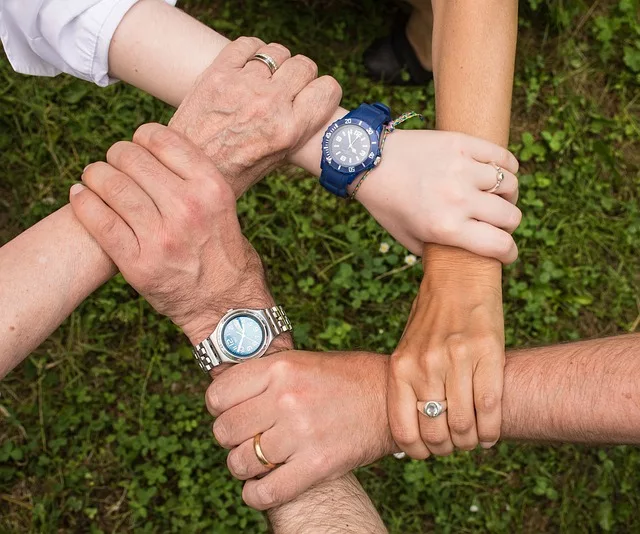For the estimated 2.2 million Americans suffering an addiction to prescription painkillers or heroin, federal regulations have it made it difficult to get legal access to a medication that can save their lives. Buprenorphine + Naloxone ease the physically painful squeeze of opiate addiction when administered properly so patients can start treatment and rebuild their lives.

Most people cannot get it from their doctor though, which has created an illegal, underground market in cities around the country.
“I took it when I couldn’t find drugs,” a 32-year-old Connecticut woman told NPR. A personal caregiver by trade, she inadvertently developed a dependency after a knee surgery in which her doctor prescribed opioid painkillers. “I was actually buying it off the street—and I did that for, God, almost a year.”
Why is Buprenorphine Difficult to Prescribe?
Buprenorphine + naloxone is a combination of Buprenorphine (partial opioid agonist) and Naloxone (opioid antagonist) approved for the treatment of opioid use disorder in 2000. That approval, however, came with limitations. Physicians must attend training for the medication, apply for a waiver from the Drug Enforcement Administration (DEA) to prescribe it and were limited to 30 patients for the first year and 100 thereafter.
This month the Department of Health and Human Services (HHS), at the urging of the president, announced that licensed physicians can prescribe Subs to as many as 275 patients. The new rule goes into effect on August 5, 2016.
Regarding the new HHS guidelines, Michael Botticelli, director of national drug control policy, said, “There are a number of ways we are trying to increase access to medication-assisted therapy. This rule itself expands access and gets more physicians to reach more patients.”
What Are the National Buprenorphine Statistics?
Though these measures were enacted to quell the black market for buprenorphine + naloxone and offer greater legal access to the medication, treatment advocacy groups say it’s not enough. Statistically, they’re right when you consider the following:
- Out of an estimated 2 million people struggling with opioid dependency, only 600,000 to 625,000 were treated with Suboxone in 2014
- The HHS itself only expects the increase to reach 275 patients to reach an additional 70,000 patients in the first year
- While there are several opioid treatment bills in Congress, politicians are locked on the nearly $1.1 billion that Democrats want to provide for patients who need treatment but cannot afford it.
Yet another hurdle to widespread buprenorphine + naloxone treatment are physicians themselves. While the medication severely limits overdoses, there is potential for abuse. Many doctors feel like medication-assisted opioid therapy is replacing one addiction for another.
Others in the field of addiction treatment, such as Dr. Mohammad, advocate managing opioid addiction as a chronic disease.
As with other chronic diseases such as diabetes, hypertension and asthma, severe cases [of opioid use disorder] may require lifelong management.
While it is true some patients will remain physically dependent on buprenorphine + naloxone, there are important differences between physical dependence and addiction.
For those lucky enough to live near a doctor that can prescribe buprenorphine + naloxone and can afford it, chances at recovery are improving. However, for low-income, geographically isolated people struggling with opioid addiction, the prospects are dimmer. A lack of access will surely continue to drive an illicit street-level market for the potentially life-saving medication.
Related:





